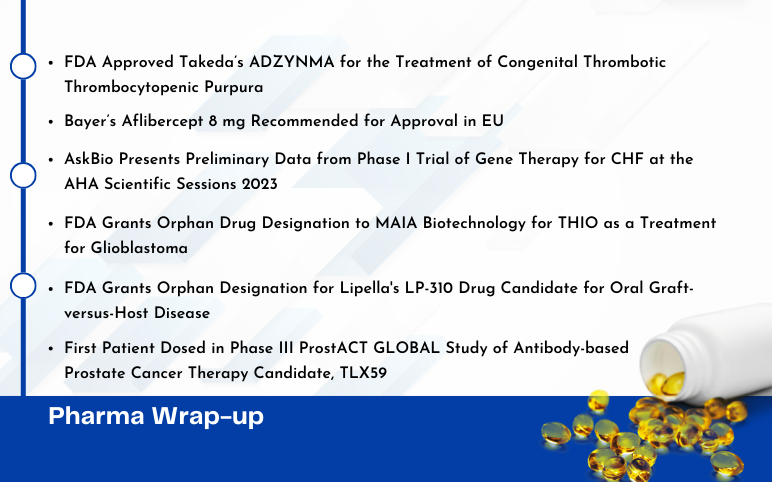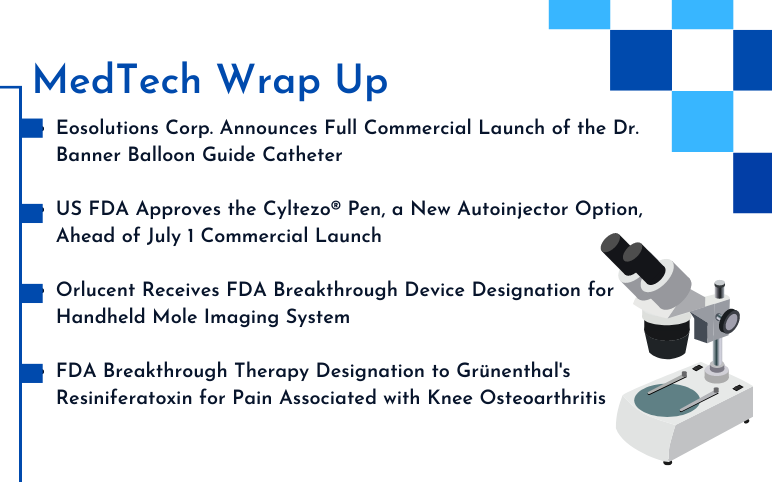Interstitial Cystitis market comprises robust pipeline therapies in late and mid-stage development, which are expected to be launched shortly, such as KRP-116D (Kyorin Pharmaceutical), Certolizumab pegol/ Cimzia (UCB Pharma), LP-08 (Lipella Pharmaceuticals), GRT6010 (Grünenthal), ASP6294 (Astellas Pharma), and SI-722 (Seikagaku Corporation).
Interstitial Cystitis (IC), also known as Bladder Pain Syndrome (BPS) is a chronic syndrome that results in recurring fits of pain and pressure in the bladder and pelvic. Due to the presence of multiple potential etiologies and varying symptoms from patient-to-patient, the disease is regarded as complex and challenging to understand. IC/BPS is also considered a rare disease in some countries and common in others; this is one of the significant challenges faced by the healthcare professional when grouping the disease during diagnosis. Besides, the lack of consensus on the definition of bladder pain among physicians has been a challenge worldwide.
For several decades all patients with unidentifiable bladder pain, urgency, and frequency have been piled together without any attempt being made to subtype or phenotype them. IC/BPS is a heterogeneous condition, and the patients respond very differently to treatments.
Oral medications and Intravesical instillations such as Elmiron and RIMSO-50, respectively,are the major contributors to the current or approved Interstitial Cystitis treatment market apart from few supportive combination therapies. The US FDA approved Elmiron in October 1996, and the drug has been in use for the treatment of patients suffering from IC ever since. Since Elmiron is the only oral therapy approved explicitly for IC/BPS patients, it has been widely used and accepted. However, several recent studies suggest that long term use of the drug has been leading to Elmiron-related maculopathy. Due to this, in May 2020, an Elmiron lawsuit was filed against Johnson & Johnson for allegedly concealing the adverse long-term effects of using the drug; therefore, creating an unmet need in the Interstitial Cystitis market for patients and physicians.
Furthermore, the current market also comprises of several off-label and generic medications, thereby contributing to the overall competitiveness in the Interstitial Cystitis market. In the case of off-label therapies, the AUA guidelines, in 2014, had recommended only four oral pharmacotherapies for IC/BPS treatment, including amitriptyline, hydroxyzine, cimetidine, and pentosan polysulfate sodium (PPS). However, the treatment options are not restricted to these, and there are other oral pharmacotherapies available as well. They may not be suggested based on country-specific guidelines but are of significant value; these include neuropathic modulators (Gabapentin, Pregabalin, and Duloxetine), quercetin, sildenafil, suplatast tosilate (IPD-1151T), L-arginine, montelukast and misoprostol. Besides, there are specific guideline-based intravesical pharmacotherapies (instillations) as well, namely, dimethyl sulfoxide (DMSO), heparin, lidocaine, intravesical PPS, intravesical HA, and intravesical CS.
The availability of several off-label pharmacotherapies in the Interstitial Cystitis market may act as competition against therapies in the pipeline. However, considering various shortcomings of current pharmacotherapies in terms of cost, safety, and efficacy, there is still an unmet need in terms of more efficient therapies than the ones accessible currently.
Interstitial Cystitis pipeline is robust and possesses multiple potential drugs in late and mid-stage development, which are expected to be launched shortly, such as KRP-116D (Kyorin Pharmaceutical), Certolizumab pegol/ Cimzia (UCB Pharma), LP-08 (Lipella Pharmaceuticals), GRT6010 (Grünenthal), ASP6294 (Astellas Pharma), and SI-722 (Seikagaku Corporation).
Among these therapies, Certolizumab pegol (Cimzia) is the only investigational therapy that has completed its phase III developmental trial in the US. However, the drug has not presented extraordinary results and has only demonstrated an acceptable safety profile for treating IC/BPS due to the occurrence of microbiological urinary infection in patients. The study also suggested that women with moderate-to-severe refractory IC/BPS were more likely to experience significant improvement in symptoms with Cimzia compared with that of the placebo therapy.
Lipella Pharmaceuticals’ investigational product candidate LP08 completed its phase II clinical developmental trial in June 2018. However, the results of this trial have still not been published, making its overall analysis and launch forecast quite challenging.
Due to high competition and multifactorial symptoms of the indication, a significant setback was faced by Astellas Pharma concerning its emerging therapies for IC; one of its investigational product named Mirabegron has already been discontinued in its phase III developmental stage. After this major setback, the company is currently investigating another therapy for IC, ASP6294. However, ASP6294 has shown no statistically significant treatment differences in primary and selected secondary efficacy endpoints between the drug and the placebo groups. Additionally, the company updated its pipeline in October 2019, which fails to present ASP6294.
In addition to Lipella and Astellas, Grunenthal has also not provided any current updates about the initiation of phase III clinical development of its product GRT6010. The last update provided by the company was in December 2018, which suggested favorable safety and efficacy data of GRT6010 in IC patients. Therefore, it can be clearly understood that the key players of the emerging market have been facing various challenges during their research and investigational process along with constant media publications, which may be a consequence of the high complexity of the disease as well as inability to achieve the desired safety and efficacy results.
Moreover, Kyorin Pharmaceuticals’ KRP-116D is the only emerging therapy that will enter the Japanese market at the earliest as compared to other therapies in the pipeline. The drug has shown improvements in IC/BPS symptoms, bladder pain, and voiding parameters. However, adverse events related to odor occurred only in the KRP-116D group, but the incidence of these events was very low. Since the drug has already completed its phase III clinical developmental trial, therefore, the company might gain the upper hand in the market during the forecast period as compared to other potential upcoming therapies.
Besides, several emerging therapies are in their preclinical stage of development, which includes GM-0111 and GM-1111 (GlycoMira Therapeutics), NLRP3 (Idera Pharmaceuticals), XG-102 (Xigen SA) and ALV-107 (Alivio Therapeutics). These therapies work by different mechanisms of action, thereby highlighting the fact that even after the presence of so many off-label therapies, there are certain aspects of the IC/BPS treatment market that are still left untouched and require further research.
IC/BPS pose quite a high treatment burden for patients in terms of both cost and duration. A definite diagnosis of this indication is still tricky, and the indication remains highly misdiagnosed, especially in men. Often, misdiagnosis leads to the initiation of the treatment regimen of other indications, which eventually adds to the overall cost burden faced by patients. Also, the treatment of IC/BPS requires long-term medication, and withdrawal of medications can result in the recurrence of pain incidences.
Another significant unmet need of this market is a misconception and misdiagnosis of men presenting IC/BPS. Therefore, due to the lack of diagnosed male patients, many of the potential emerging therapies are being investigated only in female patients. Besides, the patient pool considered for most of the trials are also quite low, thereby limiting the safety data in the context of a larger population.
Overall, the IC/BPS market holds both the current as well as emerging therapies, which require further research and developmental activities to meet the prevailing unmet needs of the market. Moreover, there is immense scope for early-stage players to rise and take hold of the upcoming treatment market in the future.








-Agonist.png)


